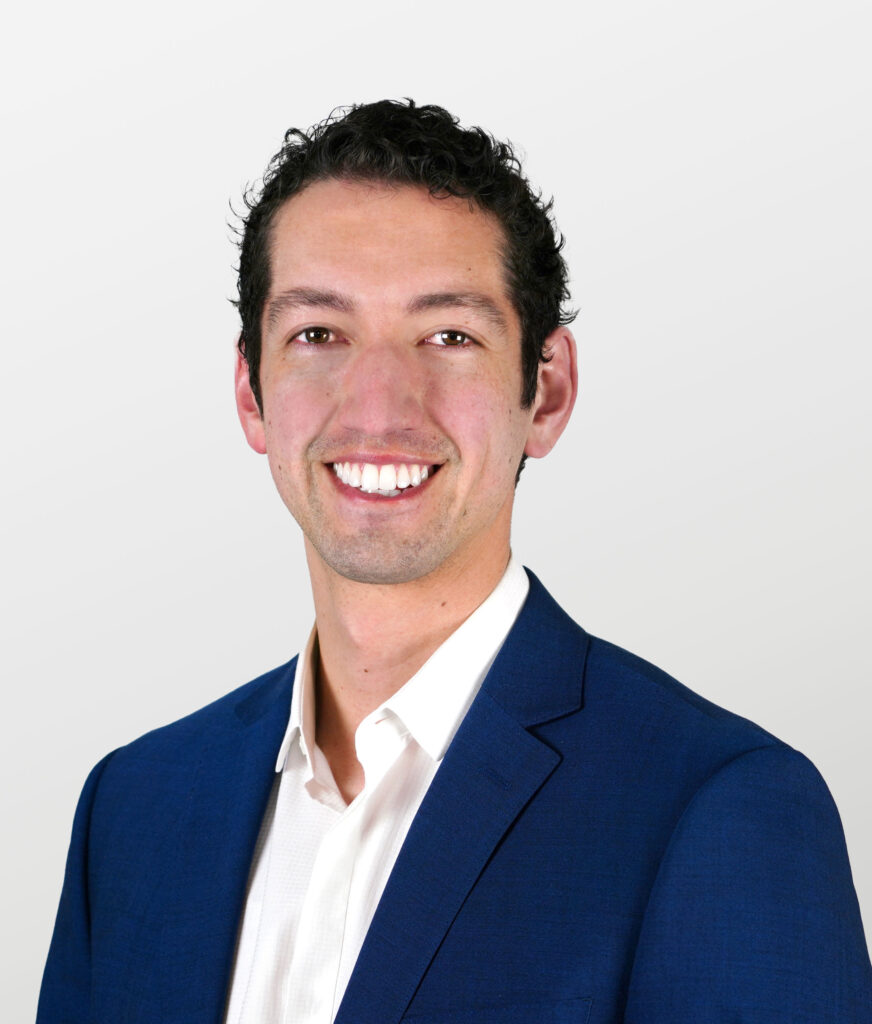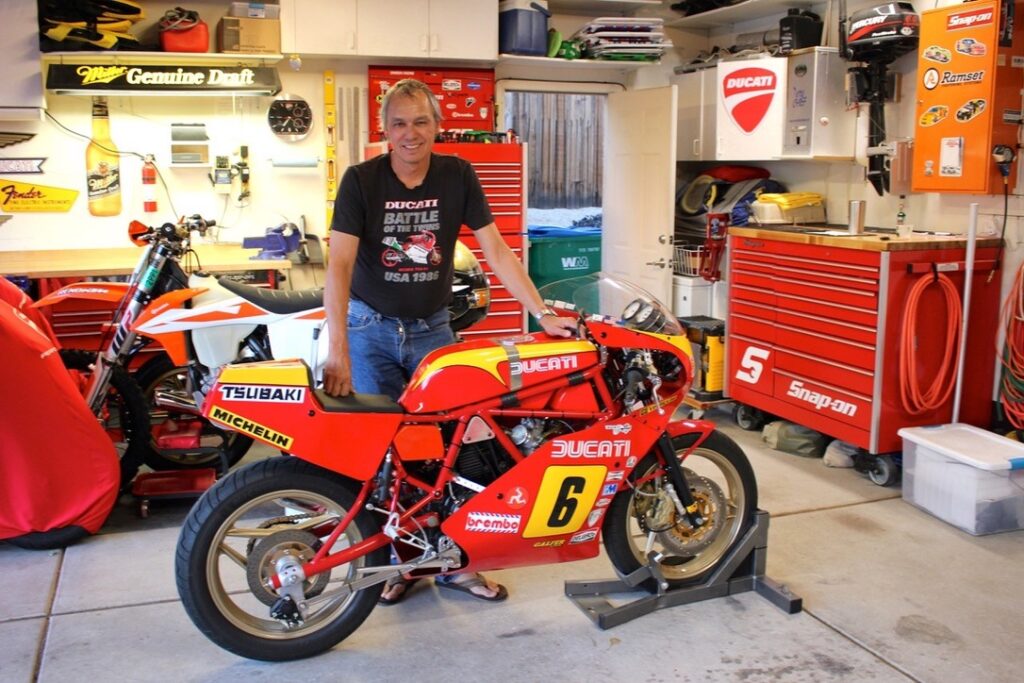The two frame office towers, constructed in the 1970s per the 1967 edition of the UBC, use perimeter reinforced concrete moment frames to resist seismic loading. The buildings are rectangular in plan and have certain characteristics that adversely affect their seismic performance, in particular the presence of a soft-story response at the first floor (approximately 50% taller than typical floors), and limited ductility typical of buildings of that era. Risk analysis showed that for the towers the PML exceeded 20%. Nonlinear response history analysis (NLRHA) of the towers was conducted and showed that in the existing configuration, the story drift ratios (SDRs) at the first floor exceeded 2%, shear hinging of the first floor beams was expected and that the SDRs would need to be reduced to approximately 1.4% for the first floor to limit the extent of nonlinear response. Seismic retrofit included addition of 300-kip viscous dampers in both directions to the first floor of the building.
This paper provides a case study of a five story commercial building, where supplemental fluid viscous dampers are combined with a steel moment frame structure to provide a dual seismic resisting system. The paper outlines the analysis and design procedure.
Soft weak open front (SWOF) buildings often perform poorly in earthquakes. Two examples are buildings with a street facing garage, or commercial facilities with extensive open display windows. The poor performance of SWOF structures can consist of complete loss of use or even total collapse. This paper presents an approach to protecting such structures via the addition of an energy dissipation system (viscous dampers) such that peak inter-story drifts are limited to about 1% under relatively severe seismic events, thus keeping the deformations within the elastic range. With this addition of damping, earthquake survivability of this class of structures increases significantly. A series of seismic analyses are presented herein to demonstrate the potential performance of the damping system. In addition, a variety of damper installation configurations that provide enhanced energy dissipation are discussed.
Two adjacent wings of a three story office building in Southern California were found by analysis to be excessively responsive in torsion under an earthquake on the near-by Newport-Inglewood fault, some five miles from the site. The generous 4.5″ seismic separation between the two office building segments was found to be inadequate to prevent heavy pounding even in a moderate event, having a high probability of occurrence at this location. A variety of structural retrofit schemes were evaluated to mitigate the excessive torsional responses of the two building segments. These included converting the perimeter gravity frames to moment resisting frames, adding diagonal bracing to the perimeter frames, tying the two structures together at each floor level, and using viscous dampers as attachments between the buildings. The best solution from a cost, schedule, construction disruption, and earthquake performance standpoint, turned out to be joining the two building segments with horizontally oriented viscous dampers at a single floor level. This paper describes the analysis and retrofit solution that was used, and discusses the advantages and disadvantages of the retrofit options studied.
Fluid Viscous Devices have been found to be a highly effective protection system for bridges. Introduced to China in 1999, the Taylor Devices damper systems have been successfully installed or will be installed in both large and super large bridges in China for protection from earthquake, wind, vehicle and other vibration. Seventeen different bridge projects include the Sutong Yangtze River Bridge, the longest cable stayed bridge in the world, the Nanjing 3rd Yangtze River Bridge, the fifth longest suspension bridge in the world, and the Xihoumen across Sea Bridge, the second longest suspension bridge in the world. The performance of the bridges and dampers have been reported as “very good” during the May 12, 2008 Wenchuan earthquake. All of the dampers produced have been subjected to rigorous static and dynamic testing, which show the dampers will perform well for the next 50 years and possibly much longer.
Prior to the 1994 Northridge earthquake, modern welded moment resisting steel frame structures were regarded as highly resistant to earthquake induced damage and few engineers regarded earthquake induced collapse of such structures as credible. This paradigm changed following the 1994 Northridge, California and 1995 Kobe, Japan earthquakes, creating a new class of potentially hazardous structures. In response to this new information, the Federal Emergency Management Agency retained a consortium of the Structural Engineers Association of California, the Applied Technology Council and the California Universities for Research in Earthquake Engineering, known as the SAC Joint Venture, to research the cause of the unexpected poor performance of these buildings and develop recommended design criteria. The resulting FEAM-351 publication provides performance based design criteria for the evaluation and upgrade of these structures. This paper presents the application of the FEMA-351 criteria to the design of structural upgrades employing energy dissipation technology to an existing 10-story steel structure. The East Bay Municipal Utility District (EBMUD) administration building is nine stories tall, with three below grade basement levels and a rooftop, mechanical penthouse. It was completed in 1991, employing the standard vulnerable moment connections. Alternative upgrade strategies were investigated, including modification of individual connections and application of energy dissipation criteria. The latter approach, using viscous dampers, was selected.
Pangu Plaza, located at Beijing close to 2008 Olympic main stadium, is a 191 meter, 39-story steel high rise building. It was analyzed under earthquake and wind loads with both Fluid Viscous Dampers (FVD) and Buckling Restrained Braces (BRB or UBB) as the seismic protection system. The complete seismic response on the horizontal and vertical directions showed that the Fluid Viscous Dampers are highly effective to reduce the structural response, as well as the secondary system response. A comparative analysis of structural seismic performance and economic effect was considered, by the traditional method of increasing steel columns and beams size; by using BRB’s and by using FVD’s to absorb the seismic energy. Structural response analysis showed that using FVD’s to absorb the seismic energy made the structure satisfy the Chinese seismic design code for the “rare” earthquake and also greatly improved the seismic performance. Economic analysis showed that FVD’s were the most economic approach for both one-time direct investment and long term maintenance.
A roof isolation system is proposed as a means to reduce the detrimental effect of earthquakes in buildings. This roof isolation system entails the insertion of flexible laminated rubber bearings between a building’s roof and the columns that support it and the addition of viscous dampers connected between the roof and the rest of the building. The properties and dimensions of the rubber bearings and viscous dampers are selected in a way that makes the roof, bearings, and dampers form a highly damped vibration absorber. Presented also is a comparative study with a simple five story steel building under a strong earthquake ground motion that is carried out to assess the effectiveness of the proposed system. In this comparative study, it is found that the roof isolation scheme reduces the floor displacements and interstory drifts of the analyzed building by as much as 83 percent. On the basis of these results and in view of its simplicity, it is concluded that the proposed roof isolation system has the potential to become a practical and effective way to reduce earthquake damage in buildings.
Energy dissipation devices (EDDs) have been accepted as one of the viable strategies for enhancing the seismic performance of building structures. However, current design provisions do not provide guidelines for optimizing the EDD configurations. For many building structures an efficient configuration of EDDs may provide considerable performance improvement. Similarly, an optimized configuration may reduce the number of EDDs required to achieve a target performance objective. In this paper an existing building with added linear viscous dampers is redesigned based on different performance index optimization. The results indicate that the optimal device configurations are highly related to the dynamic properties of the structure and its required performance index. In one instance, where the cost is the major concern and a performance requirement is placed on story drift limitation, the total device damping coefficient can be reduced by 26%.

Program Manager – Structural Products
Running 5k and Half-Marathons, Snow-Skiing, Boating and Slalom Waterskiing, Mountain Biking, Hiking, Kayaking and Canoeing, Camping, Sport-Bike (Motorcycle) Riding, and Craft-Beer “tasting”. Winter weekends are spent coaching Downhill Ski Racing to youths.









